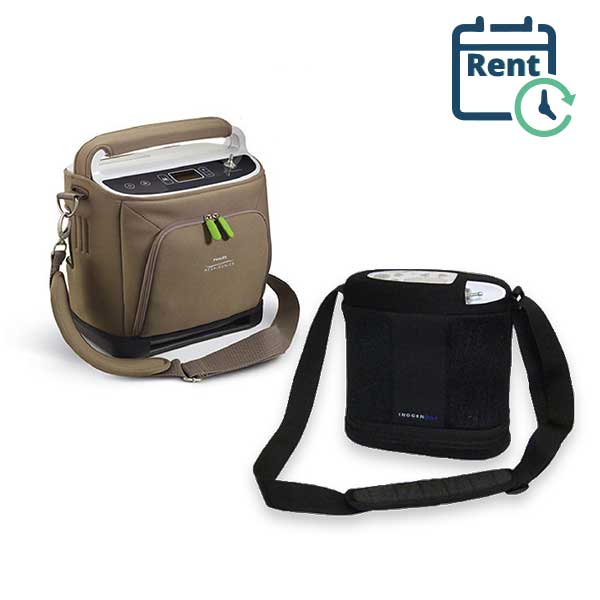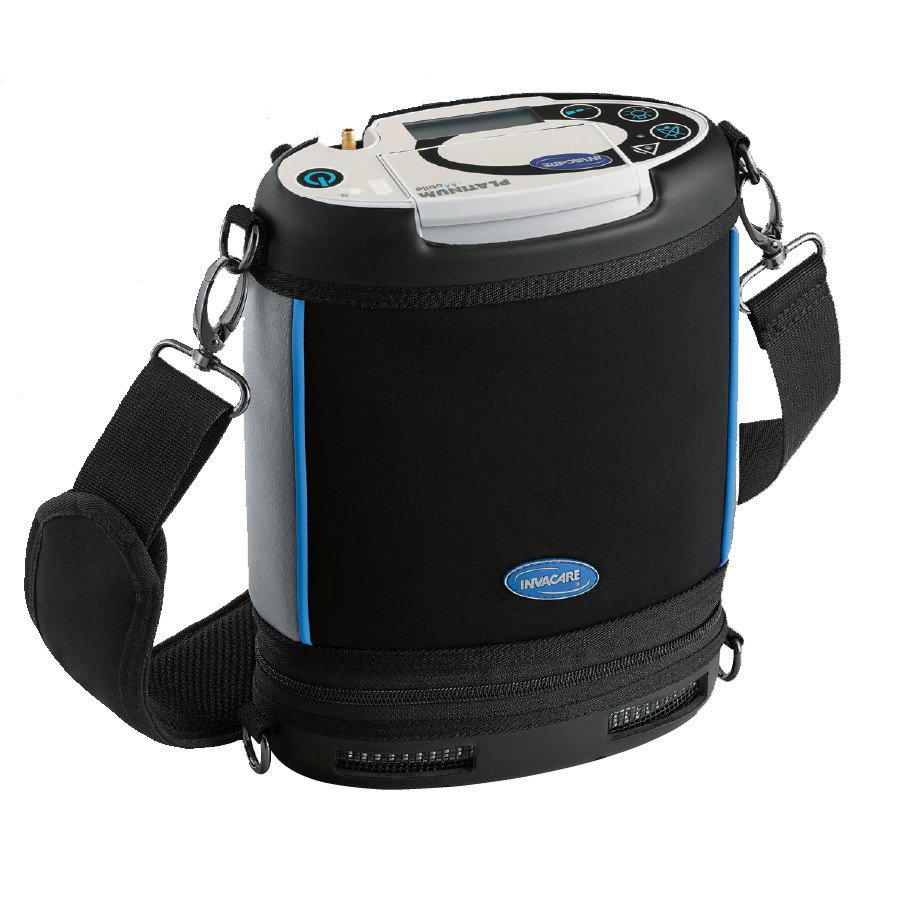Not known Details About Portable Oxygen Concentrators
Unknown Facts About Portable Oxygen Concentrators
Table of ContentsPortable Oxygen Concentrators Can Be Fun For AnyoneThe Buzz on Portable Oxygen ConcentratorsThe Buzz on Portable Oxygen ConcentratorsThe Best Guide To Portable Oxygen Concentrators
Stationary oxygen concentrators were once the criterion, yet these tanks could weigh 50 pounds and were extremely difficult (Portable Oxygen Concentrators). Currently, mobile oxygen concentrators finish the job, and they can fit into a handbag or purse! The only point you must bear in mind is that mobile concentrators have extra limited oxygen delivery capabilitiesThere are two main sorts of portable oxygen concentrators: pulse dose and continuous flow. As the name suggests, pulse dosage concentrators give oxygen periodically, just turning on when you breathe in. This kind of tool is usually advised for COPD people with minimal oxygen needs, as the quantity of O2 that a pulse dosage concentrator can provide is fairly low.
This device can deliver up to 3,000 m, L of oxygen every min, while pulse dosage tools tend to cover out at 1250 m, L. Continual flow gadgets are the go-to for most COPD clients, as they're perfect for people that require two to five litres of oxygen a min.
Currently that you have this guide to the various types of portable oxygen equipments, pick the most effective device with the aid of your medical professional. You can discover our blog sites for more information about the sorts of portable oxygen offered and our various other products, like tubes and cannulas. Or you can call us straight with any type of details inquiries you might have.
The 3-Minute Rule for Portable Oxygen Concentrators
We questioned how well these mobile oxygen concentrators would work in medical facilities. POC concentrators increase the proportion of oxygen in ambient air people breathe in, whenever they need an increase.
When it involves mobile oxygen therapy, there are two major alternatives for distribution. These are portable oxygen cylinders which have pressed oxygen gas, or oxygen concentrators, which utilize a battery powered system to compress and filter air, in order to create a regular supply of focused oxygen. In this post, AMS Composite Cylinders Technical Director, Tony Morrin, compares both, considering the benefits and drawbacks of each oxygen shipment system for NHS medical oxygen individuals in terms of person autonomy.

Portable Oxygen Concentrator Oxygen pureness is regularly greater when supplied from cyndrical tubes it never goes down listed below 99. 6%, despite the circulation price called for. In battery-powered concentrators, purity is impacted by circulation price, and may be 90% or less, depending upon the equipment. Whilst oxygen concentrators can be helpful for clients that call for a lower circulation of oxygen, cylinders supply greater focus that can be preferable for patients with high circulation requirements.
Some Known Incorrect Statements About Portable Oxygen Concentrators
Both systems require the client to bring around equipment. For cyndrical tubes, this will include lugging a bag (and sometimes a trolley) and for mobile oxygen concentrators this will include the bag, cart and power charger. Weight wise, mobile oxygen concentrators can be equivalent in weight, or occasionally, lighter than standard aluminium cylinder systems.
They will certainly have to improve dramatically if they are to supply the same degree of performance as equivalent composite cylinders. Oxygen always brings a safety threat. On one hand, ought to cylinders spring a leakage, they can produce an oxygen abundant atmosphere that can cause an increase in fire threat.

The distinction is that there are significant in advance Extra resources costs to acquiring a link portable oxygen concentrator, however lower running expenses using cyndrical tubes allows the purchaser to spread out the price over a prolonged amount of time. One small downside of a mobile oxygen concentrator is the noise mobile systems make a significant quantity of noise throughout operation, which lots of clients discover distracting.
Some Known Questions About Portable Oxygen Concentrators.

Our premium carbon composite cyndrical tubes offer high pressure (300 Bar), low weight, and NLL (Non-Limited Life) performance, and are accredited for use worldwide. More info concerning AMS Compound Cylinders Ltd can be discovered at .
Oxygen concentrators are created with individual movement in mind. Whether it's a desktop version for home use or a smaller sized, light-weight model for on-the-go, these devices enable clients to relocate easily without being tethered to a stationary unit. Especially for the ones specifically created for mobility, patients can carry them about, promoting travel and everyday activities easily.
One of the significant benefits of utilizing an oxygen concentrator is the elimination of the constant requirement to fill up oxygen tanks. This not just lowers the logistical difficulties and recurring expenses associated with refills but additionally makes certain that the individual has a more foreseeable and stable resource of oxygen. Oxygen concentrators are created to fit navigate to this website perfectly right into the home atmosphere.